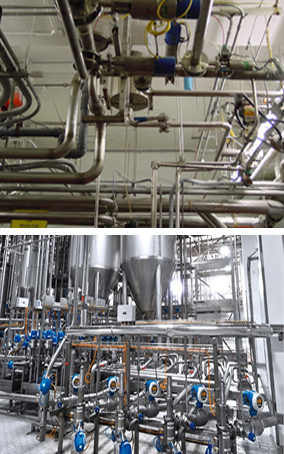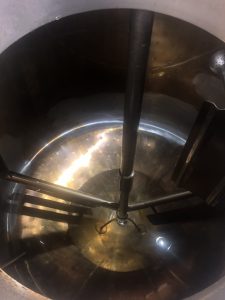

BCS Inc. has developed innovative cleaning technologies using, among others, our proprietary biodegradable, non- flammable acidic based chemicals; BIOPASS® BIOPASS II® and BIOPASS III® which we use when undertaking passivation of stainless steel piping, tanks, equipment and systems. Our chemicals are very unique and innovating, the issues that our competitors bring is that there chemicals are highly corrosive and unlike our BIOPASS® BIOPASS II® and BIOPASS III® their chemicals burn and etch the stainless steel surfaces which can cause serious problems in future circulation. Our chemicals do not etch the surfaces; BIOPASS® BIOPASSII® and BIOPASS III® clean the surfaces and eradicate all free irons.
Registered to ISO 9001-2015; we provide quality documentation and packaging as required for every project. BCS Inc. follows ASTM/A380.A380-13, ASTM A967/A967M-13, ASME BPE 2014, testing and inspection of process piping systems to ASME B31.3. BCS Inc. provides a Preventative Maintenance Program (PMP) Our Quality Control Team perform tests on site to provide the best solution for any passivation needs.
BCS Inc. offers a complete turnkey passivation service enabling system validation to proceed quickly and efficiently. A detailed validated job report is supplied listing chemicals used, quantities, their contact times, temperatures, circulation pressures and pH levels. Upon passivation completion we offer a Ferroxyl test at many areas of the system to insure there are no free irons on the surface of the stainless steel. We supply a Certificate of Completion and a detailed validated procedure, along with bore-scope inspection reports prior to the completion of a passivation.




